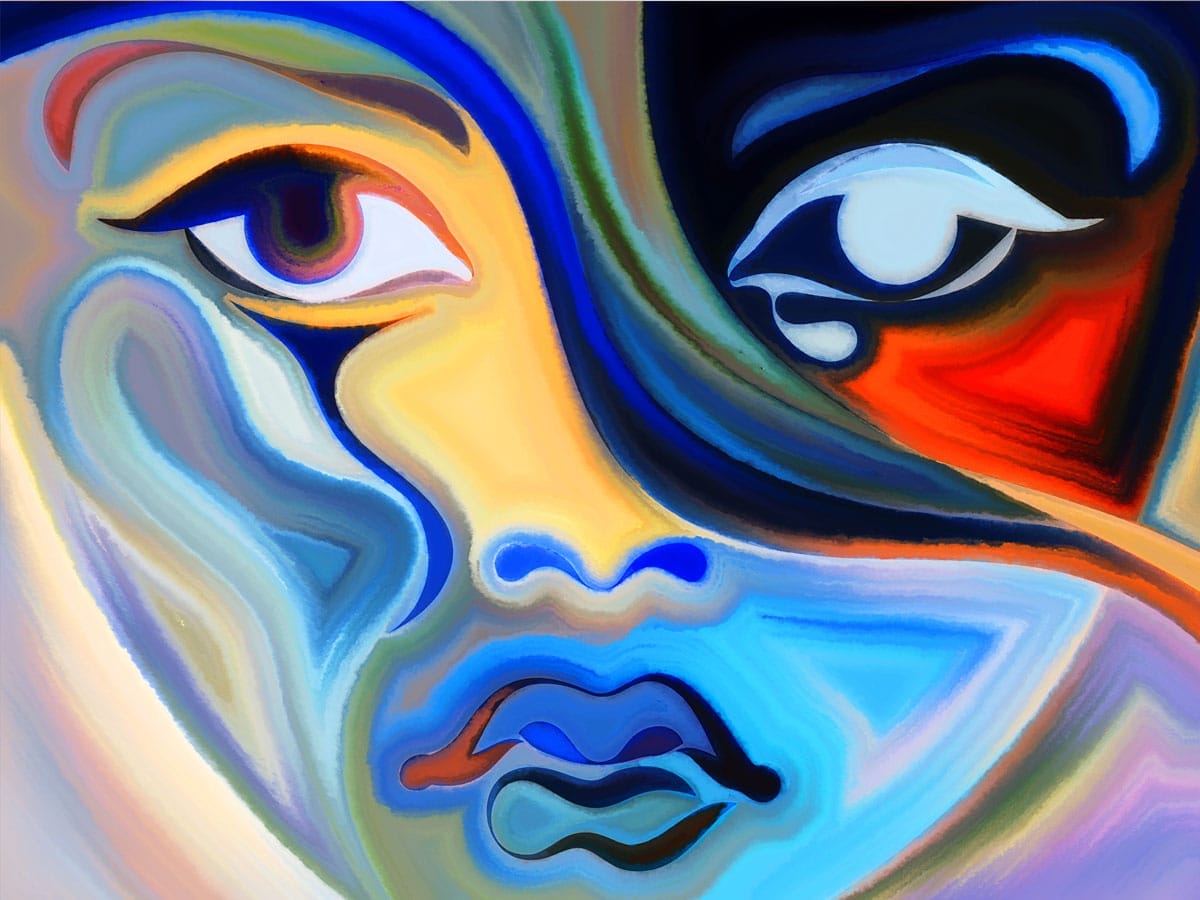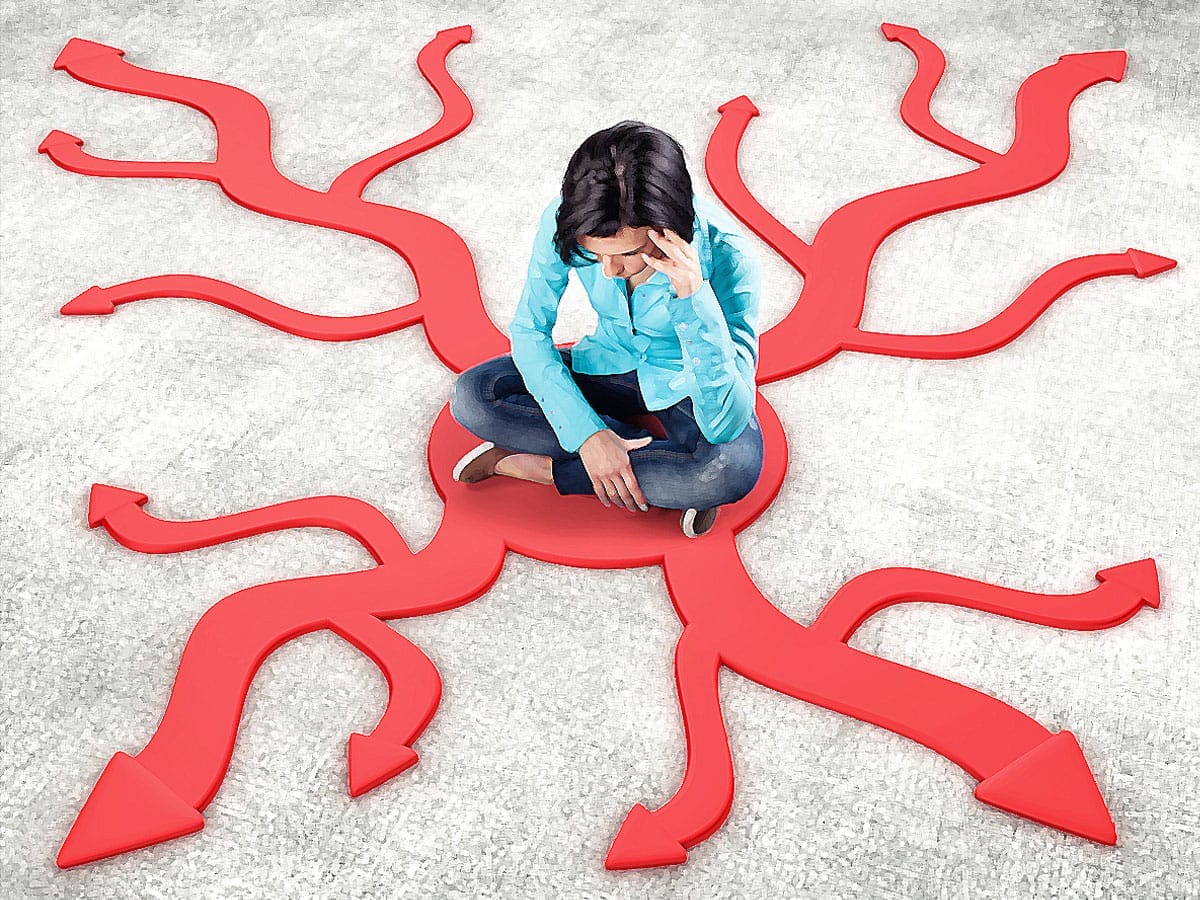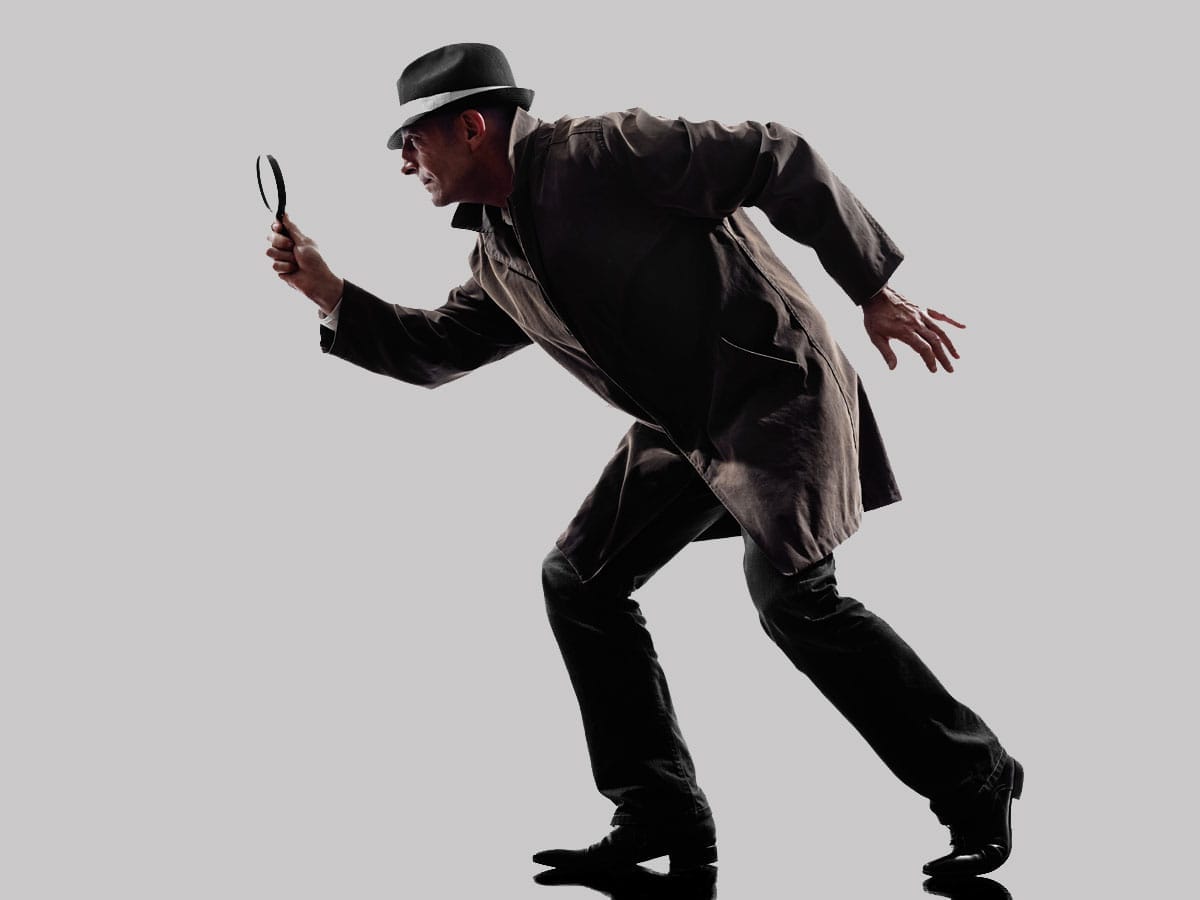The Caregiver Archetype
One of Carl Jung’s primary archetypes, the caregiver archetype is the same as the servant archetype. Many people lump a whole host of archetypes under the umbrella of the caregiver which can confuse our understanding of this fundamental archetypal pattern.
Selfless Service of the Caregiver Archetype
The main attribute that characterizes the caregiver archetype is a desire to serve others and to forget oneself in doing so. The path of the caregiver archetype is the same selfless action that Lord Krishna and the Buddha teach about. Also known as charity, this altruistic service is a key component of the spiritual path. Many spiritual seekers endeavor to befriend the caregiver archetype and hold her in high esteem.
For those of your born with the caregiver, this archetype can seem more like a curse than a blessing. A natural, automatic tendency for taking care of others can be exhausting. Burn out that causes a complete system collapse is a reality when you are ruled by the caregiver archetype.
The Caregiver Requires Service to the Self
The healing path of the caregiver archetype involves discovering ways to prioritize taking care of yourself. The caregiver may compulsively give of herself until she runs out of gas. A caregiver bereft of energy finds she resents the exact people she’s tried to help. Burn out also erodes at the reliability of the caregiver. She’s always there until one day she’s not. Her beneficiaries then resent her for leaving them high and dry.
The most extreme form of burn out for the caregiver archetype is called “compassion fatigue.” People suffering from secondary traumatic stress experience an overwhelming sense of hopelessness and harmful negativity. Compassion fatigue leads to addictive and compulsive behaviors as well as general meanness and aggression towards others. Too much caregiving results in a person who starts harming herself and others either through her words or actions. Anyone who’s worked in a non-profit focused on helping humans or animals in need is familiar with these consequences.
Here is a link to a list of behaviors representative of compassion fatigue:
http://compassionfatigue.org/symptoms.html
If you suspect you are suffering from this condition, now is the time to act and make some major life changes.
Within the caregiver archetype is a basic lesson about the law of conservation of energy. Nothing is created or destroyed. When the caregiver pulls from her own essence to take care of others, she has a limited pool of resources. This energy bank must be replenished.
The caregiver archetype in the light aspect knows how to set time aside for self care. Balance is a cornerstone of this archetype.
Holy caregivers have learned through intense prayer, meditation and contemplation how to draw from the sacred well in service to others. They fall into a completely different category. Think Mother Teresa of Calcutta. Be sure not to fool yourself into thinking you are pulling from this well. It is better to assume for now that you have a limited reserve and routinely take care of yourself. When the time comes for grace to fuel your service, you’ll be guided appropriately. And, in the end, you still need to eat, sleep and breathe.
A further resource for dealing with compassion fatigue is this article on “Why Caregivers Need Self-Compassion” from Dr. Kristin Neff: https://self-compassion.org/why-caregivers-need-self-compassion/
Humility of the Servant Archetype
The caregiver archetype and servant archetype are closely related if not interchangeable. If I had to tell the difference between the two, I would point out that the servant is more often associated with a lower social class. The servant archetype is also the expression more likely to involve being paid for one’s services.
Many people shun the servant archetype and jobs in the service industry because these jobs can be humiliating. I know from experience as a waitress, florist, and grocer that it is easy to go unseen. I’m not sure which is a worse feeling – being invisible or being ordered around by strangers. Those encounters were humbling, if not frustrating, and have helped me endeavor to say “thank you”, look someone in the eye, smile, and give generous tips when I’m being served.
The servant archetype is a master of humility, able to show up for whatever is needed without worrying what she looks like.
Caregiver Archetype Examples
We’ve been reintroduced to the caregiver/servant archetype through the PBS Masterpiece series Downton Abbey. Many have fallen in love with the servants in this show. If you are looking to know more about the light aspect of the servant and caregiver archetypes follow Mr. Carson’s lifelong loyalty or Mrs. Patmore’s tireless toiling. Mr. Barrow’s scheming to gain status and Daisy’s frustration with how the servants are treated teach plenty about the shadow of this archetype.
The Shadow of the Caregiver
Those suffering under the burden of the caregiver archetype will complain of being held back by a lack of money, connections or status. On the other hand, scarcity can be used as an excuse for a lack of ambition. This archetype swings into selfishness when the wick runs low. This breeds martyrdom but is not be confused with the martyr archetype. The traps of codependency, an over-bearing nature and excessive worry are found in the pattern of the caregiver. Some with the caregiver archetype carry a fear of being seen as selfish. The shadow caregiver is more concerned about her reputation than her works. Caregiving can provide an escape to avoid difficulties in life. An example is the cancer diagnosis that leads to a headlong plunge into taking care of others.
The Gifts of the Caregiver
I’ve touched on many of these already, but the gifts are worth repeating. Humility is the primary gift of this archetype. The humble person is immune to ridicule and the more insidious snare of caring what other people think. Humility begets gratitude and shuns craving. Other gifts include loyalty, reliability, balance, and compassion. Both compassion and self-compassion are skills the caregiver archetype in the light aspect posses. Kindness and generosity are attributes we gather from exchanges with the caregiver. So many of the virtues of a holy person are contained within the caregiver.
Many people say the caregiver has a hard time making rational decisions and that she comes from emotional response. In the business world the caregiver archetype is pitched as a great helper, but poor decision-maker. This is a two-dimensional portrayal. An empowered caregiver is intimate with how much energy is needed for an action as well as how much the action is needed. In the light aspect, the caregiver can make some of the most balanced, level-headed decisions there are.
Explore your relationship
with the servant/caregiver archetype…
The “Nurturer Archetypes” Online Class
All three archetypes love to care for others and pour their energy into giving. They reach their full potential once they complete the journey through the self and into their unique form of service. The divine mother aligns with the cycles of life. The loyal companion softens the hardened heart. The humble servant embraces service to all.











